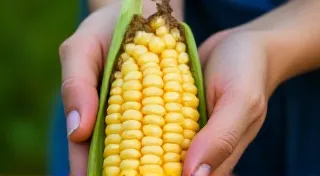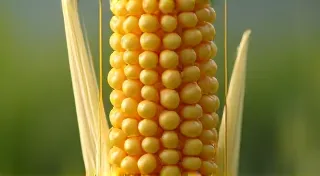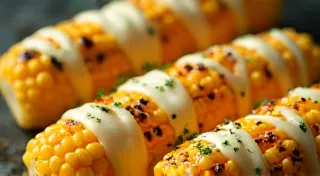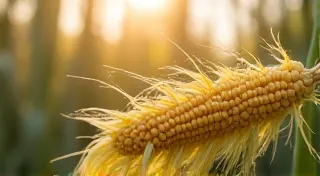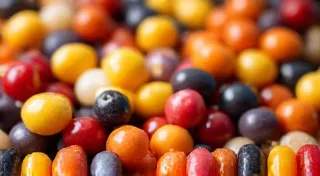A Beginner's Guide to Growing Heirloom Corn
Welcome to the wonderful world of heirloom corn! If you’re new to gardening or just looking for a rewarding and flavorful experience, growing your own heirloom corn is a fantastic choice. This guide will walk you through the basics, ensuring a successful harvest.
What is Heirloom Corn?
Heirloom corn refers to varieties that have been passed down through generations, typically for 50 years or more. These varieties often possess unique flavors, textures, and appearances that have been lost in modern commercial corn. They're prized for their history, taste, and resilience.
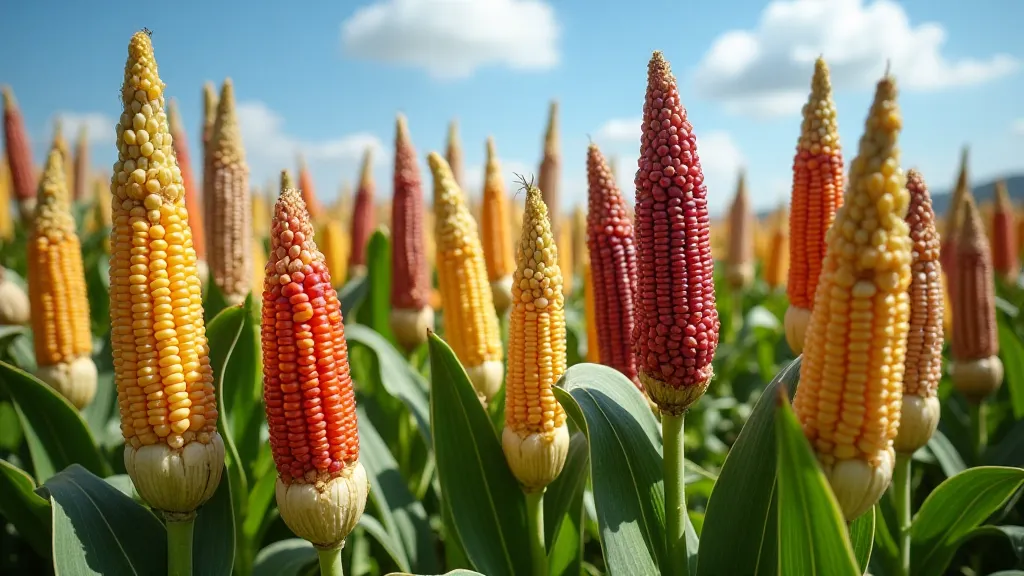
Choosing Your Heirloom Corn Varieties
The first step is selecting which heirloom corn varieties to grow. Consider your space and desired use. Corn comes in three main types:
- Sweet Corn: Eaten on the cob. Popular choices include 'Golden Bantam', 'Honey Select', and 'King Phillip'.
- Flint Corn: Hard kernels, used for cornmeal, polenta, and hominy. 'Painted Mountain' and 'Eight Row Flint' are excellent examples.
- Dent Corn: Features a characteristic "dent" on the kernel. Good for animal feed and some industrial uses.
Research different varieties based on their maturity time (days to harvest) and flavor profiles. Choose varieties that are well-suited to your local climate and growing season.
Soil Preparation & Planting
Corn is a heavy feeder and requires well-drained, fertile soil. Here's how to prepare your planting area:
- Soil Testing: A soil test will reveal nutrient deficiencies and pH levels. Amend your soil based on the results.
- Adding Organic Matter: Incorporate plenty of compost, well-rotted manure, or other organic matter to improve soil fertility and drainage.
- pH Level: Aim for a pH between 6.0 and 7.0.
Corn needs plenty of sunlight (at least 6-8 hours per day). Plant seeds 1-2 inches deep, spacing them 6-12 inches apart within rows. Rows should be 2-3 feet apart. Plant in blocks rather than long rows to ensure good pollination. Wind can be a factor, so consider a sheltered location.
Corn Growing: Care & Maintenance
Once your corn seedlings emerge, provide consistent care:
- Watering: Water deeply and regularly, especially during dry periods. Aim for about 1 inch of water per week.
- Fertilizing: Side-dress with a balanced fertilizer a few weeks after emergence and again when tassels appear.
- Weeding: Keep the area around your corn plants free of weeds.
- Pest & Disease Control: Monitor your plants for pests like corn earworms and diseases like rust. Take appropriate action as needed, preferably using organic methods.
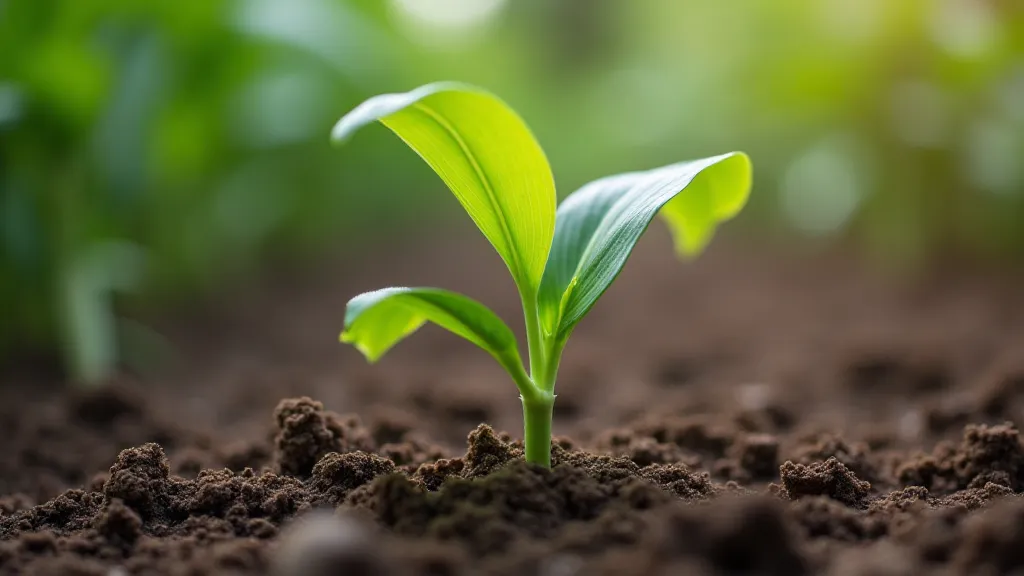
Pollination & Ear Development
Corn is wind-pollinated, so ensure you have enough plants to facilitate pollination. The silks (the long, thread-like structures that emerge from the developing ears) need to be pollinated. If silks appear brown and dry, pollination hasn't occurred. You can manually pollinate by gently transferring pollen from the tassels to the silks.
Harvesting Your Heirloom Corn
The harvesting time varies depending on the variety, but generally:
- Sweet Corn: Harvest when the silks turn brown and the kernels are plump and milky when squeezed.
- Flint & Dent Corn: Harvest when the kernels are dry and hard, and the husks are brown and brittle.
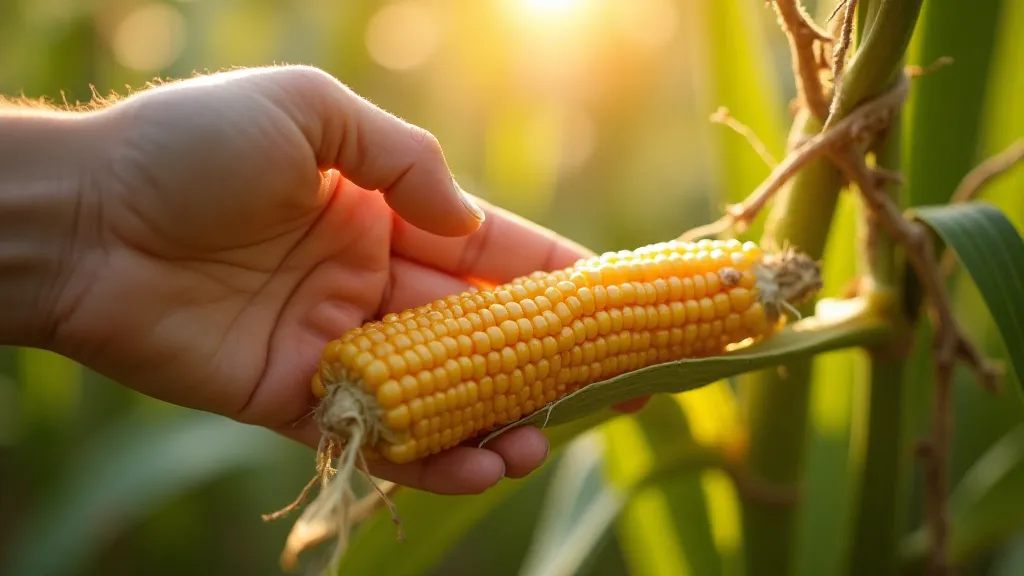
Storing Your Harvest
Proper storage is essential to preserving your heirloom corn.
- Sweet Corn: Can be frozen, canned, or eaten fresh.
- Flint & Dent Corn: Dry the kernels thoroughly before storing them in airtight containers.
Growing heirloom corn is a rewarding experience. With a little care and attention, you can enjoy a bountiful harvest of delicious and unique corn varieties!
